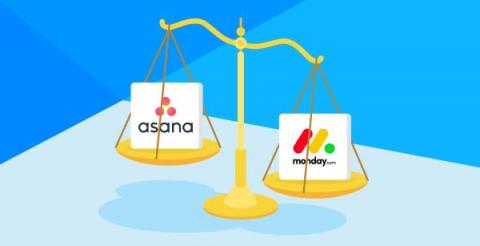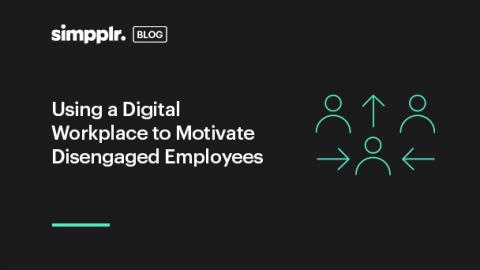Teams | Collaboration | Customer Service | Project Management
Latest News
CEO activism can attract the best talent. Here's why CEOs might want to avoid it.
The world has become increasingly politically polarized, and leaders of its biggest companies aren’t immune. When a CEO shares their view on a divisive issue—via a tweet, an op-ed, or monetary donation—they will create admirers and enemies. However, taking a stand is increasingly seen as a signal of their authentic character and, by extension, leadership style. Every CEO takes a risk when they become sociopolitically active, and that decision has downstream effects.
Asana vs Monday: More Powerful Collaboration Tool for the Era of Remote Work
What is Design Thinking - And What's The Big Deal About It?
Top 7 open source messaging platforms for secure communication
For remote teams, connectivity and productivity might be two faces of the same coin. Working from the office isn't a prerequisite anymore, as the global workforce has shifted to a remote workplace. Reliance on internal communication has increased more than ever, with a wide range of communication tools such as email, phone calls, and social networking used daily. Long email threads and social media chats are no longer appropriate for business teams.
5 Solutions for a Complex Tech Stack
Why Time Tracking Is Bad: 6 Common Mistakes + Solutions
Time tracking is a powerful business tool every workplace needs to boost productivity, encourage employee accountability, identify profitable areas, and do much more! However, if implemented poorly, employees may feel they’re being spied on, leading to a distrustful work environment. This can negatively impact employee engagement, productivity, and loyalty to the organization. In this article, we’ll explore six reasons why time tracking is bad and how you can fix that.
How To Set The Right Professional Goals For Work? (Examples Included)
Are you struggling to progress in your career? Feeling stuck in a rut, or that you’re not reaching your full potential? While some people are content to stay in the same job for years, others have a burning desire to constantly progress and better themselves. If you’re ambitious and want to get ahead in your career, you must not only set some professional goals but also write them down.
Put an end to ho-hum days: using a digital workplace to motivate disengaged employees smartly
A couple of years ago, Erik was straight out of college and beyond excited to land his first real job. To make it even better, his team members were welcoming and dedicated. Erik was thrilled to be part of a team that was making a difference for the company. But as time went on, the shine began to wear off. Erik lost interest in his work and started to see his job as a paycheck more than anything else. What happened? Erik became a disengaged employee. How does an engaged employee become disengaged?










